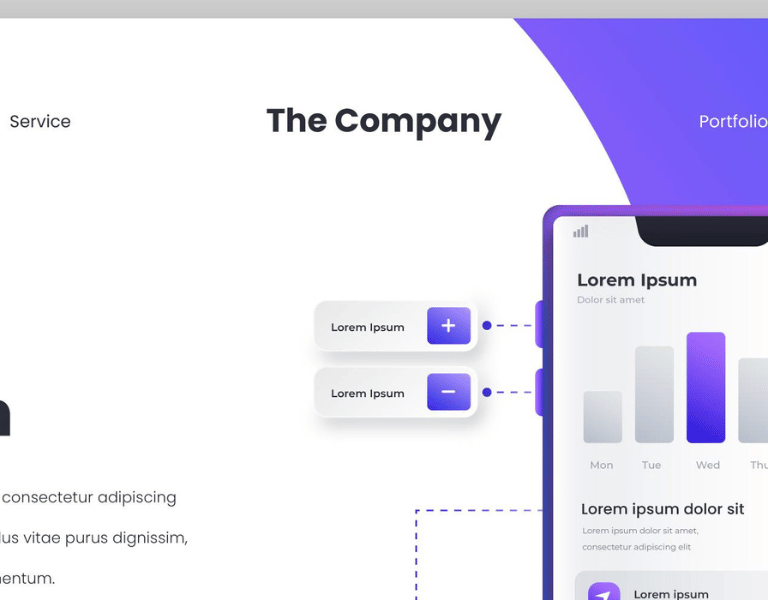Most of us tend to take big risks at some time or another when we’re confident that our success is assured. No matter how good the potential outcome is, there are always significant risks. Despite this, most of us often only think about risk in the context of failure, even though risk factors can have a significant impact on our chances of success. Working for yourself means you can take risks that a company just won’t allow you to. You have the freedom to plan your day, your week and even yourself. When we set goals that are big and bold, it leads to exciting results but also brings with it a level of uncertainty, risk and vulnerability. We can become paralyzed by the thoughts of failure and focus on the worst-case scenario but there are ways to manage our fears and minimize risks. Here are 4 strategies that will help you minimize your risks and increase your confidence:
All business owners have to do it – weigh risk versus reward
When starting a business, there are many risks involved. From the financial to the personal, and everything in between.
The first step is to identify your risk tolerance level. Understanding how much risk you are willing to take on will allow you to make more informed decisions about what kind of business you want to start and how it will be structured.
Once you have identified your risk tolerance level, look at the potential gain from each decision. You want to ensure that the reward outweighs any potential risk and that the reward doesn’t outweigh any other opportunities that may present themselves if you choose another path (which may have less risk).
If this is not possible, then consider structuring the company in such a way that reduces or mitigates certain risks and/or increases confidence in achieving success for an investor or lender who might be interested in partnering with you.
Proactive risk management planning is essential for businesses
The key to proactive risk management planning is to identify the risks that can affect your business and then develop strategies to mitigate those risks. This can include developing an action plan to address any issues that arise, or creating contingency plans in case the worst-case scenario occurs.
To be successful with proactive risk management planning, you need to be able to identify all of the risks that can affect your business. This includes both internal and external risks, as well as those that have been identified by others through research or analysis of historical data.
Once you have identified all of the potential risks that could affect your business, you need to determine which ones are most likely to occur and how much impact they would have on your company if they did occur. This way you can prioritize which ones need attention first so that you can focus on preventing them from happening rather than dealing with them after they’ve already occurred.
Small businesses should conduct a thorough analysis of potential risks through a SWOT (strengths, weaknesses, opportunities and threats) analysis
Small businesses should conduct a thorough analysis of potential risks through a SWOT (strengths, weaknesses, opportunities and threats) analysis. This will help them to understand how they can minimize the impact of those risks and increase their confidence in their ability to succeed.
The first step is to conduct an internal analysis of the company’s strengths and weaknesses. These may include things like financial resources, human resources or market knowledge. Next, identify any external factors that could be favourable (opportunities) or unfavourable (threats). For example, if there are changes in the economy that might affect your business model then it would be wise to consider how you could adapt your strategy accordingly. Finally, make sure that there is no overlap between your strengths and weaknesses; this will give you an accurate picture of where you need support from outside sources such as partners or investors.
Perform small test runs to gauge consumer interests
While it’s not the easiest thing to do, performing small test runs can be an excellent way to gauge consumer interest in your product. By doing so, you’ll be able to get a sense of whether or not people will use and purchase your product. This is an especially good idea if you’re planning on releasing a new product or service that hasn’t been done before by anyone else.
If you’re not sure how to go about testing consumer interest, there are plenty of places where you can find useful information. For example, many websites offer advice on how to run successful tests for any given situation. You can also talk with other people who have had similar experiences with their products or services.
Many factors play into achieving success, and luck cannot be controlled. However, there are relatively simple adjustments that can be made which will increase levels of confidence and decrease the opportunities which may lead to risk. If you have decided to pursue a career as a freelancer, it is time to consider these factors and make those crucial adjustments, so that if your run of luck does not continue, you will remain on your path towards success.








